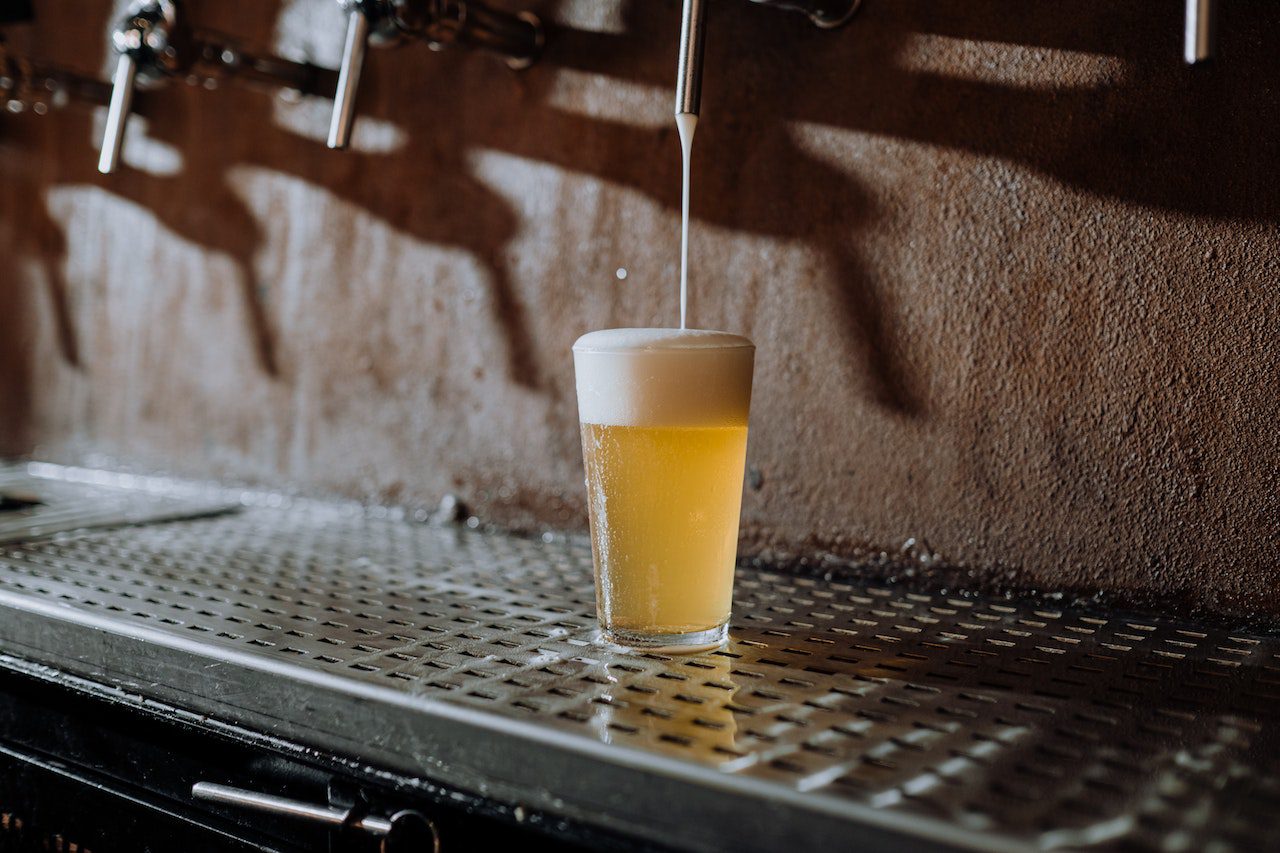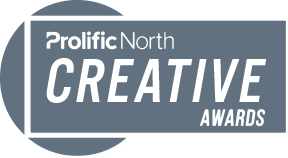
Photo by cottonbro
It is not news that the price of a pint is more than it used to be.
But did you know that the cost can vary depending on the day of the week or the time of day?
This is the case at some of the pubs owned by Britain’s largest pub group, Stonegate, which automatically nudges up the price on busy evenings and weekends.
Dynamic pricing is, of course, not new.
Anyone who has attempted to book a last minute flight, hotel room or Uber ride during peak times is familiar with the idea that prices surge when demand is high (coupled with a feeling of regret that you did not book earlier).
But dynamic pricing is now being adopted across new industries, as artificial intelligence powered technology can accurately anticipate and monitor demand.
According to the FT, Amazon updates the price of its products every minute on average “using millions of real-time data points to benchmark against competitors and track demand surges.
It is not hard to understand why dynamic pricing is appealing to businesses. When consumer demand is high, and availability is limited, then it intuitively makes sense to charge more.
But when applied to products or services where supply is plentiful the practice can feel exploitative to consumers.
Historically speaking, however, dynamic pricing is the norm rather than the exception.
Customers would traditionally barter with sellers for the best price. This is still the practice in many parts of the world (and at some market stalls closer to home).
The advent of department stores and big chains, with fixed price tags and ideals of fairness and transparency, soon spread throughout the retail sector and beyond.
The benefit of not having to train staff on the intricacies of negotiation, and the promise of predictable pricing to drive customer loyalty, made the switch worthwhile.
But the ability to utilise data to determine a price customers are willing to pay at any given moment is a temptation that will be too hard to resist for many businesses.
As is often the case, the businesses that successfully adopt dynamic pricing without customer kickback will be those that communicate it effectively.
“If my pub goes out and says, ‘Before 7pm, we’re serving drinks 25 per cent off’, nobody objects to that,” explains analyst Seth Moore. “In general, it’s better to market it as a discount off prime rather than an increase on prime.”









